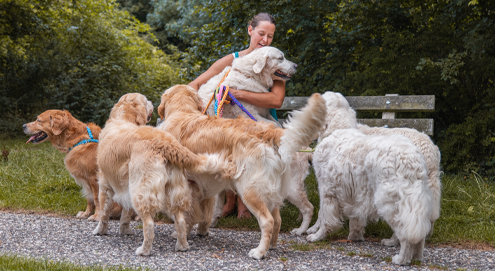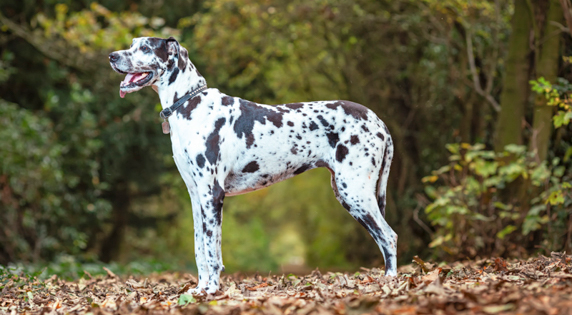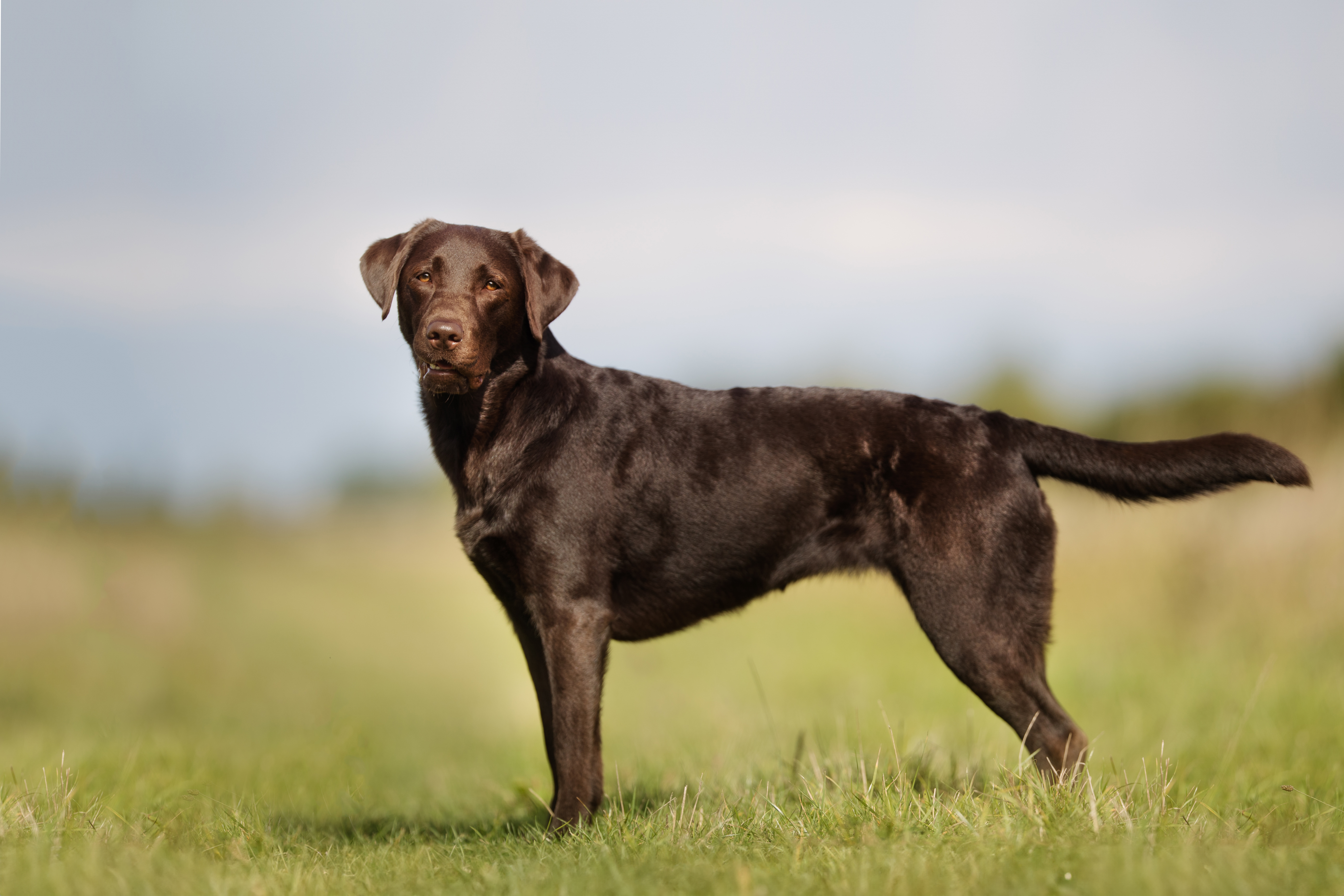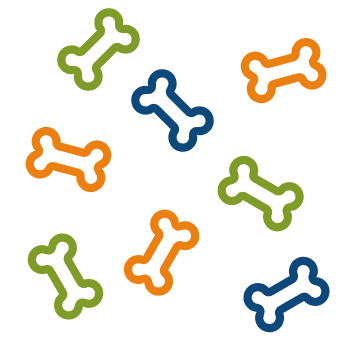What Type of Owner Is Best for a Great Dane?
The Great Dane is a unique breed that, despite its size, is often described as a gentle giant. This breed has specific needs and characteristics that make it suitable for a particular type of owner. If you are considering bringing a Great Dane into your home, it is important to understand the qualities and living conditions required to properly care for this dog. Below are some key points to help determine if this breed is the right fit for you:
The Great Dane is suitable for an owner who:
- Has enough space for a large dog, both indoors and outdoors.
- Is willing to dedicate time and attention to daily exercise and mental stimulation.
- Is patient and loving, understanding the sensitive nature of the breed.
- Can provide a stable and calm environment.
- Has no objections to the costs of feeding, grooming, and veterinary care for a large breed.
- Understands the relatively short lifespan and potential health risks of this breed.
- Is looking for a loyal, affectionate companion who enjoys spending time with its family.
Overall, the Great Dane is an excellent choice for someone who can provide a loving, calm, and balanced environment and is willing to invest time and resources into the care of this imposing yet gentle dog. It is well-suited to owners seeking a devoted, protective companion who is not intimidated by its impressive size.
Is the Great Dane Suitable for Novice or Experienced Owners?
The Great Dane is relatively easygoing in terms of temperament, but its size and specific needs can be challenging for first-time dog owners. While naturally gentle, its imposing stature requires an owner who is physically and mentally capable of handling and guiding it.
For beginners, the responsibilities and costs associated with owning a large dog may be difficult to fully anticipate. However, with the right guidance and thorough preparation, the Great Dane can also be a suitable choice for a committed first-time owner.
Experienced owners will likely find it easier to manage the breed’s specific care and training needs, especially if they have prior experience with large breeds. The Great Dane is generally trainable, but as a young dog, it can be playful and sometimes clumsy due to its size.
The Great Dane is best suited for owners with some experience or for beginners who are eager to learn and fully committed to meeting the needs of this impressive and affectionate breed.







